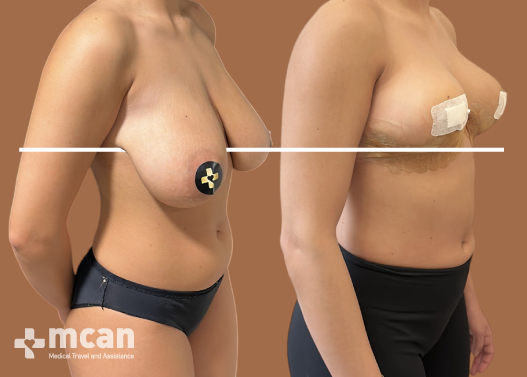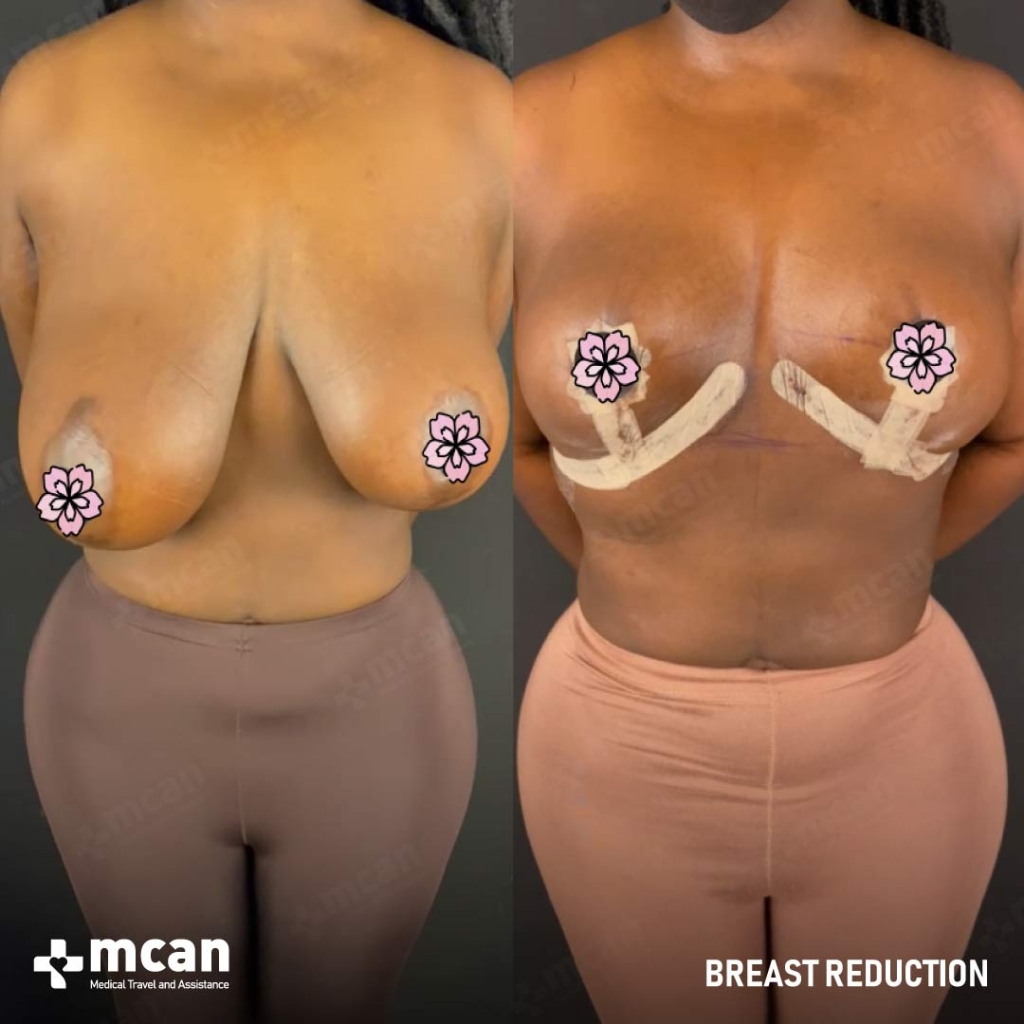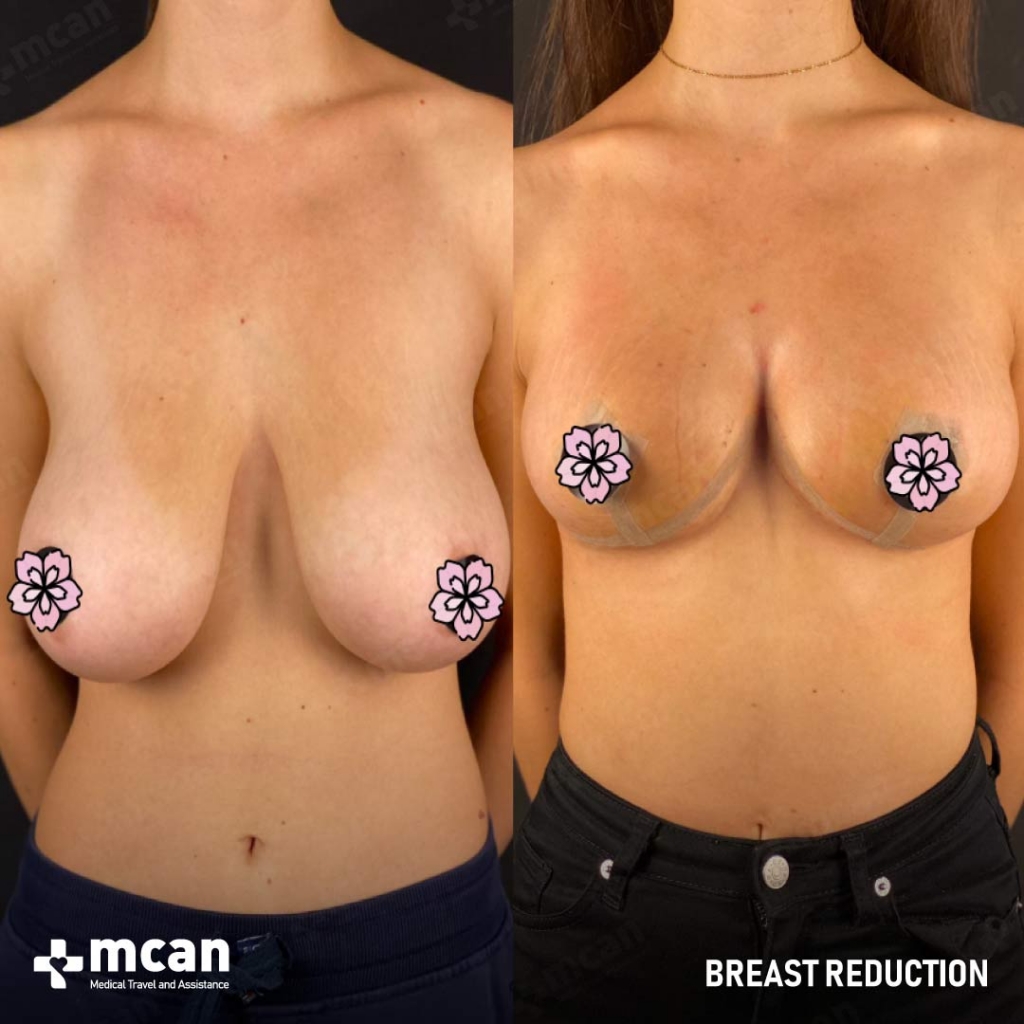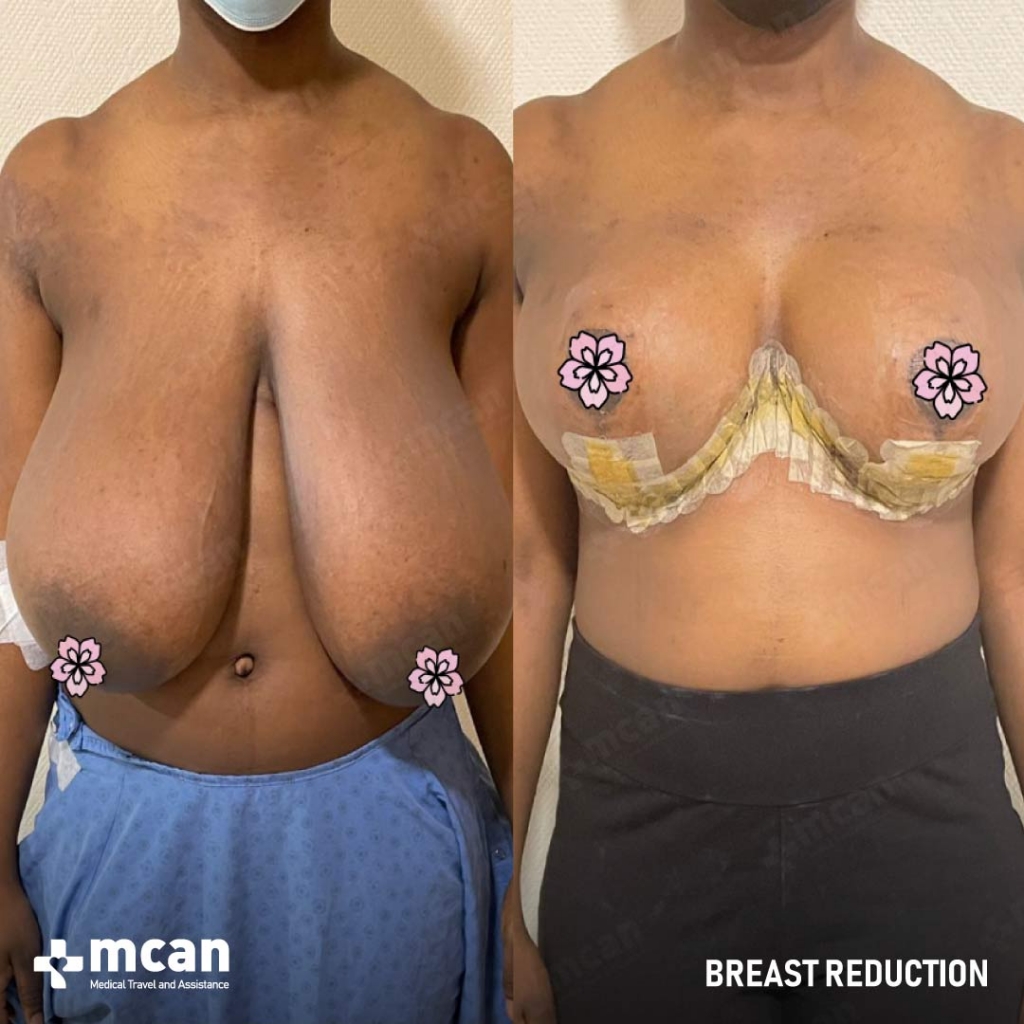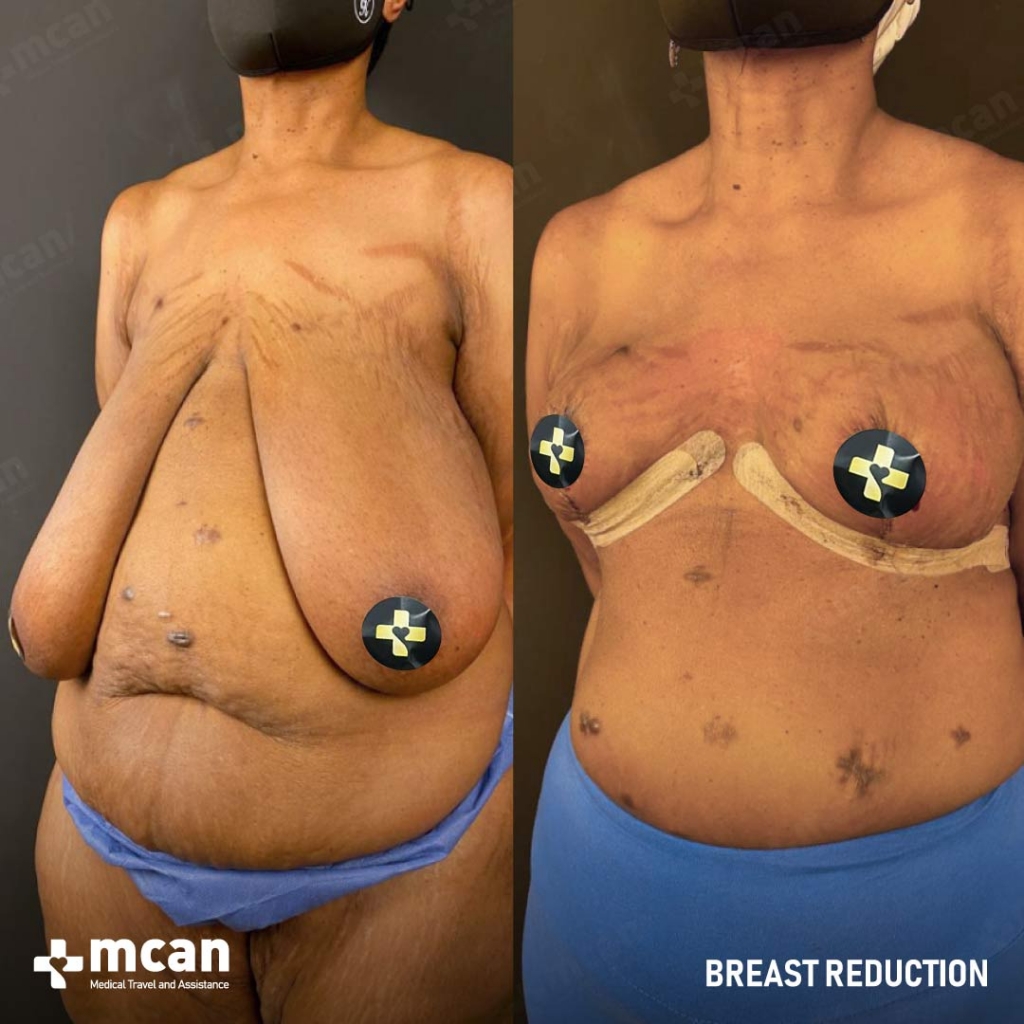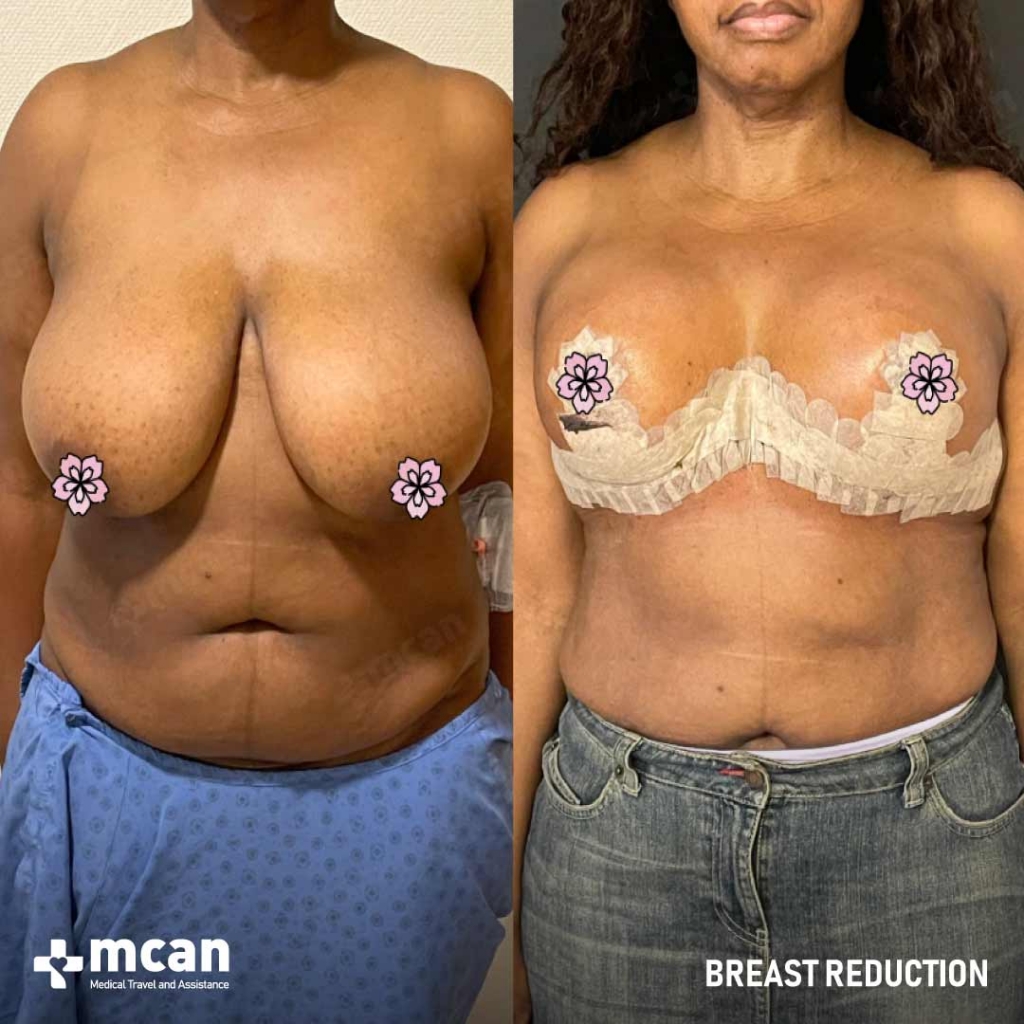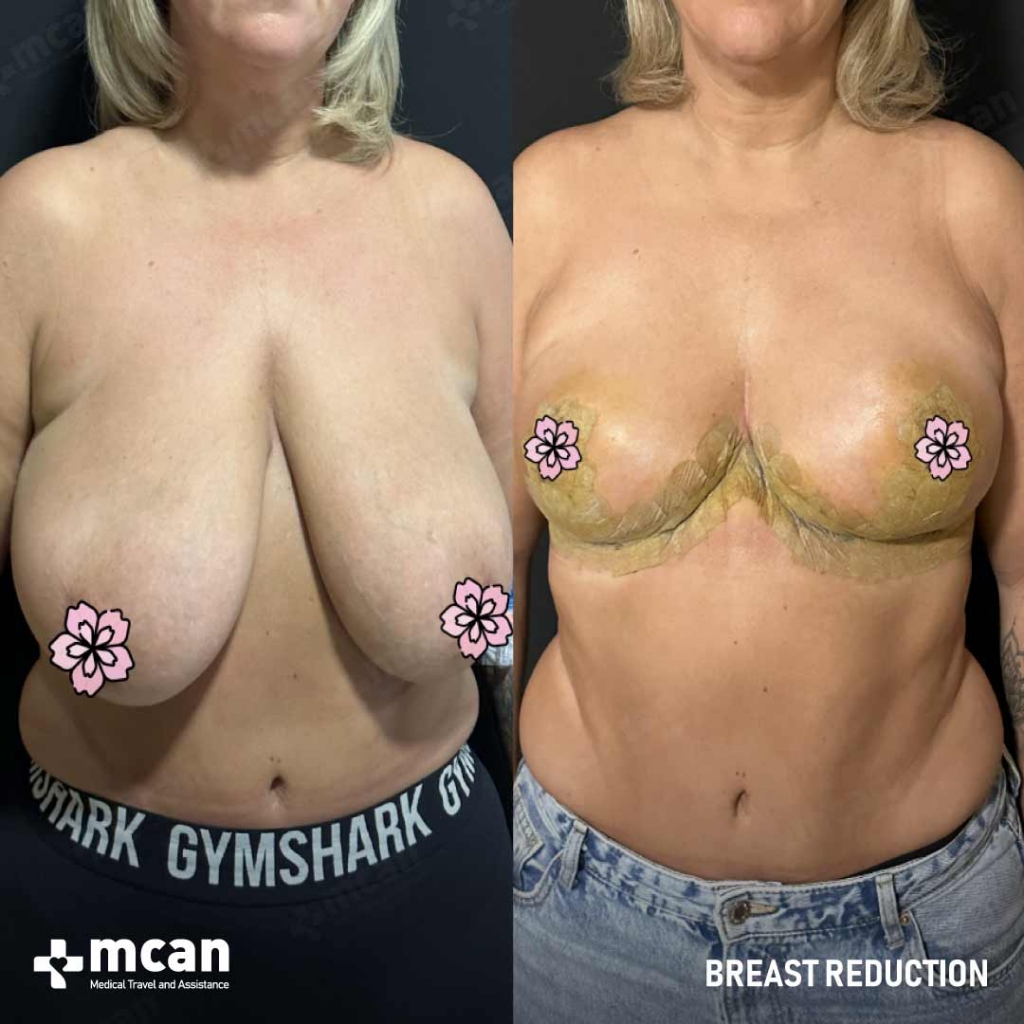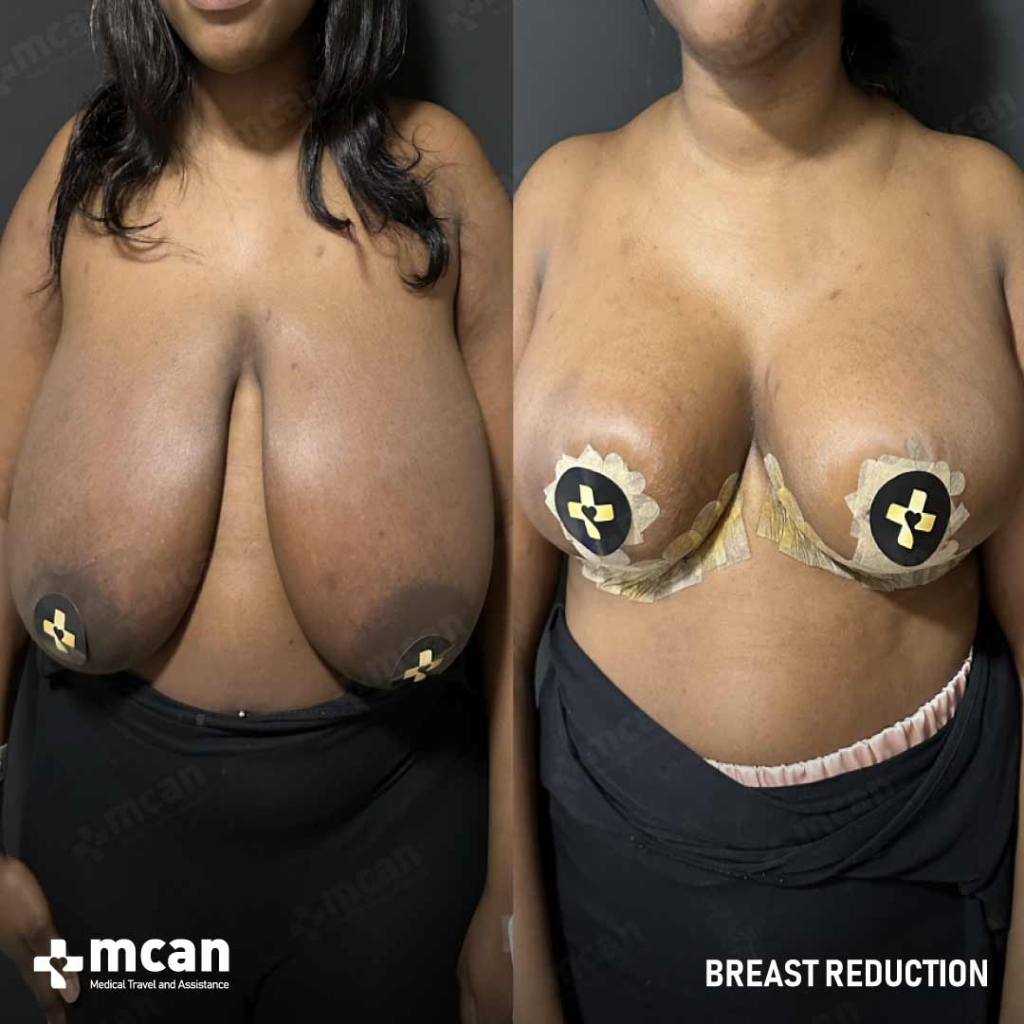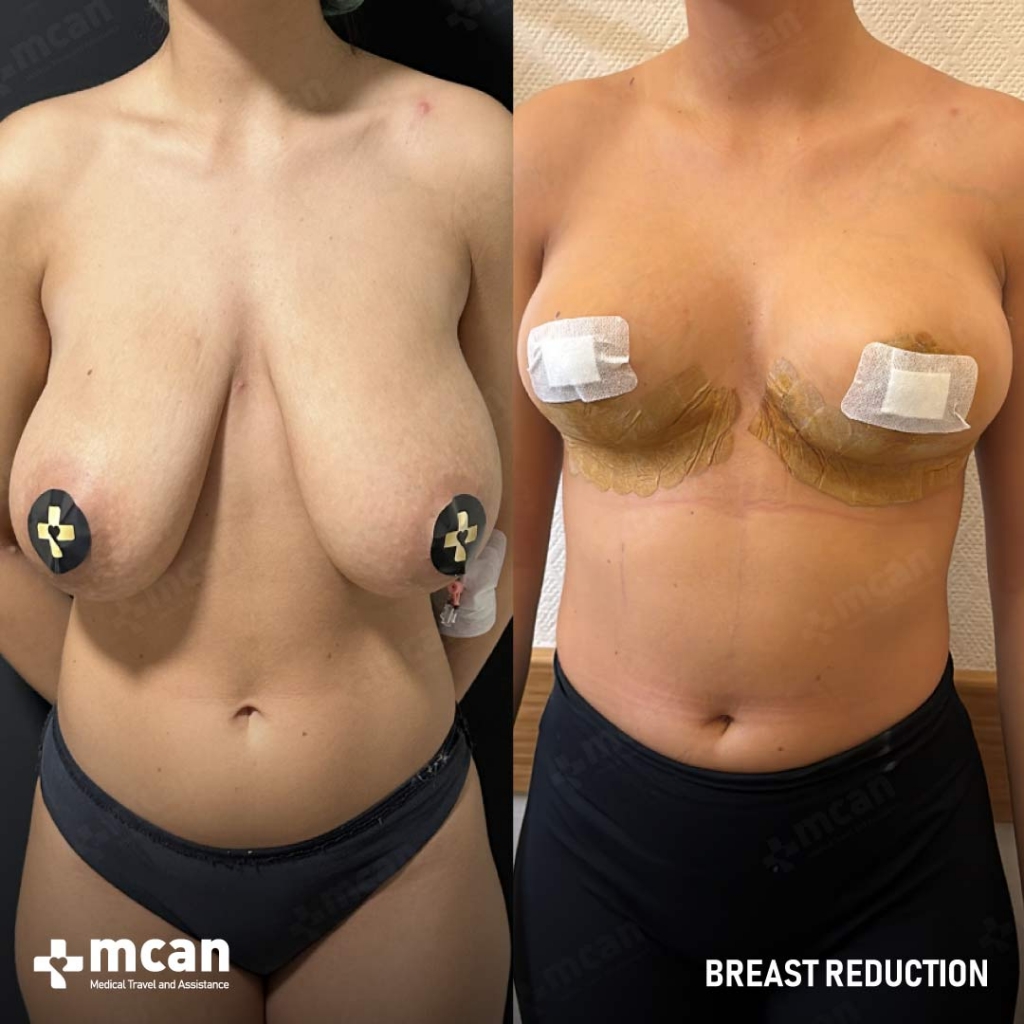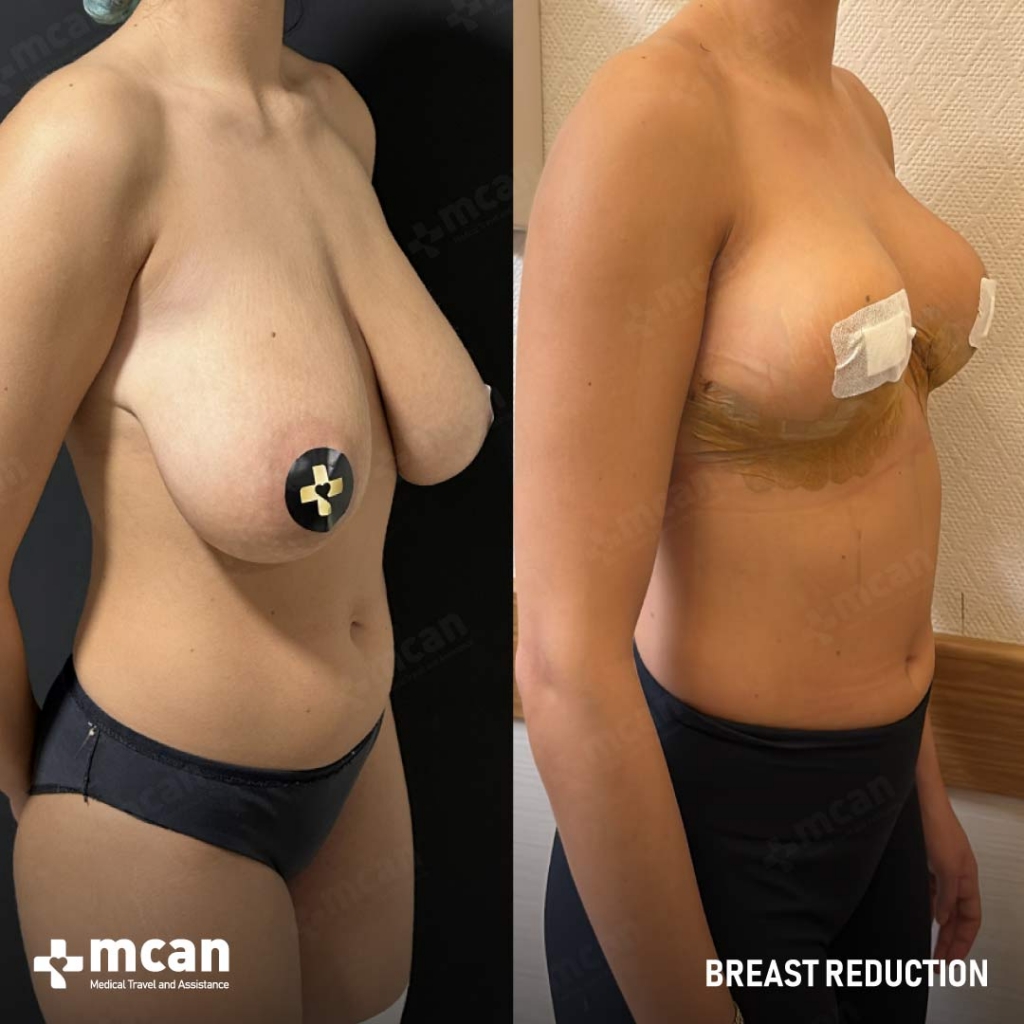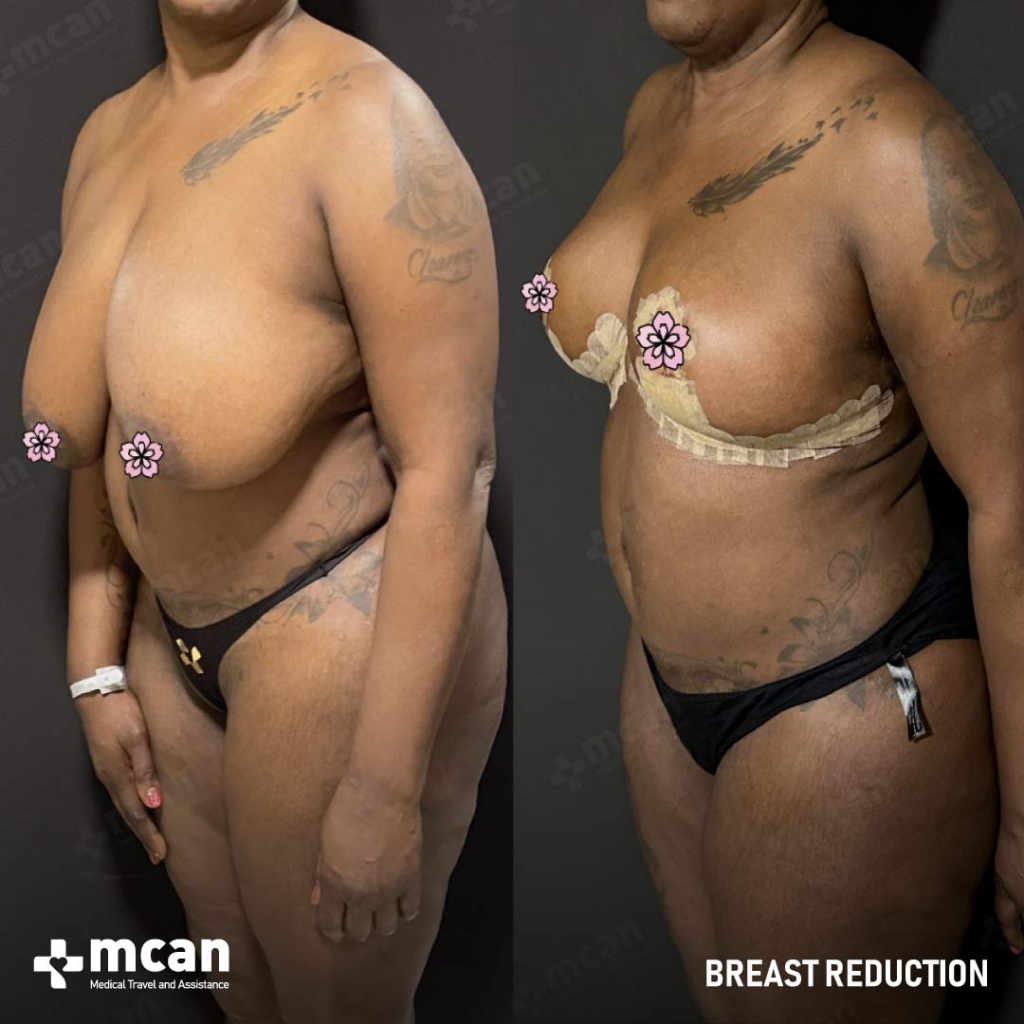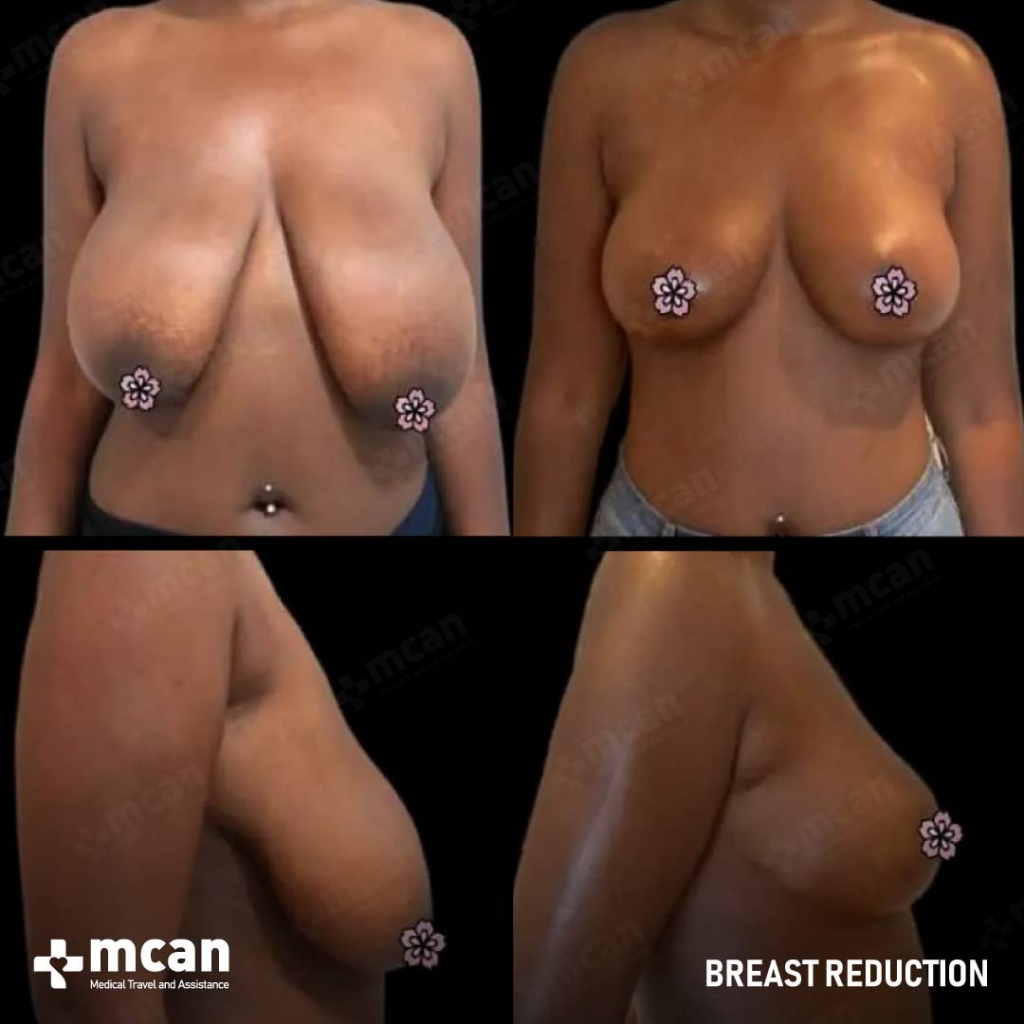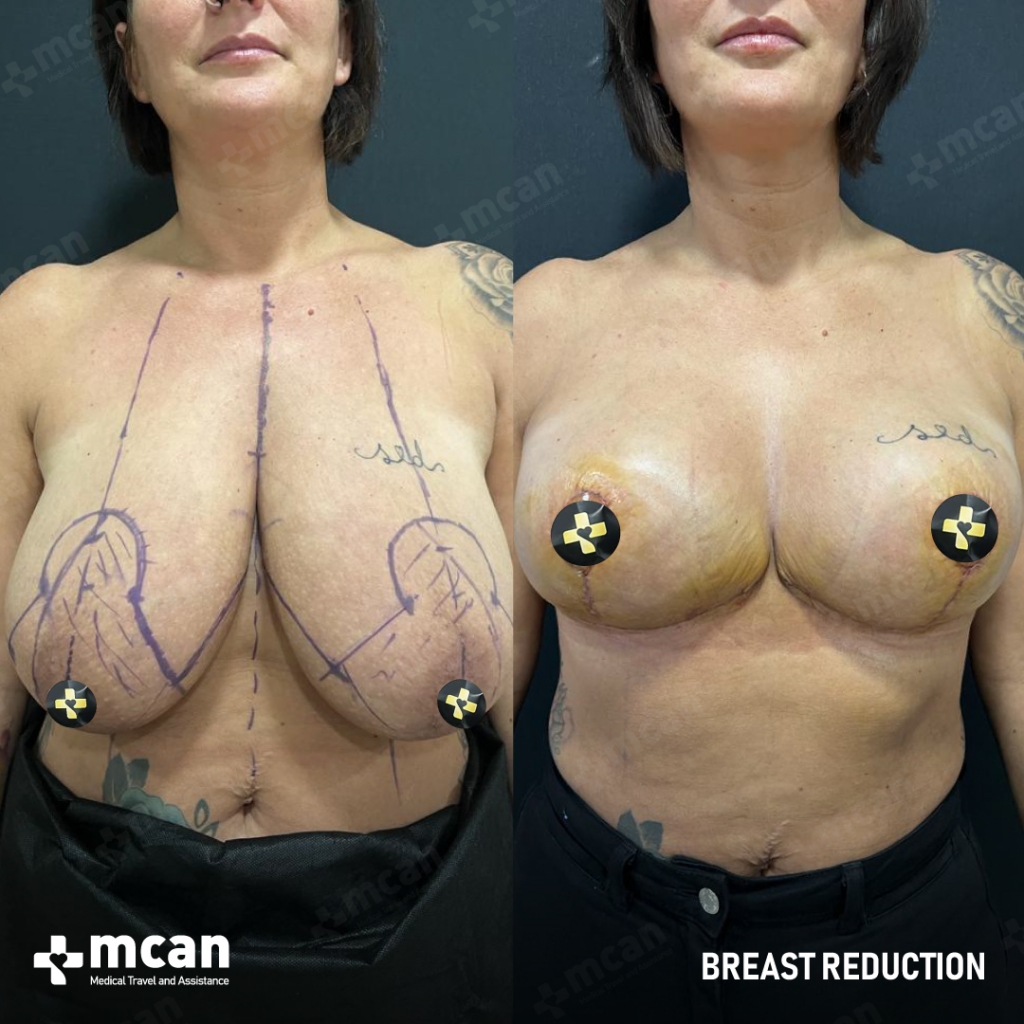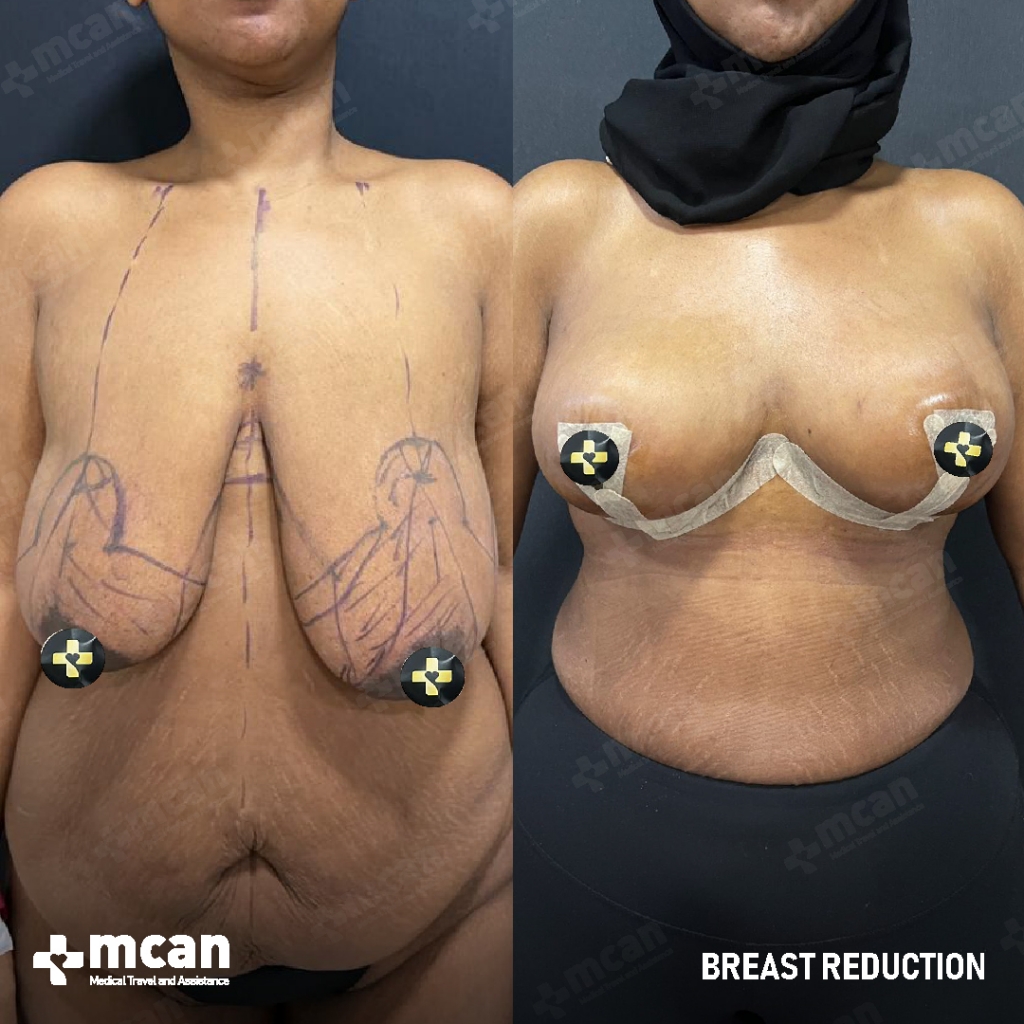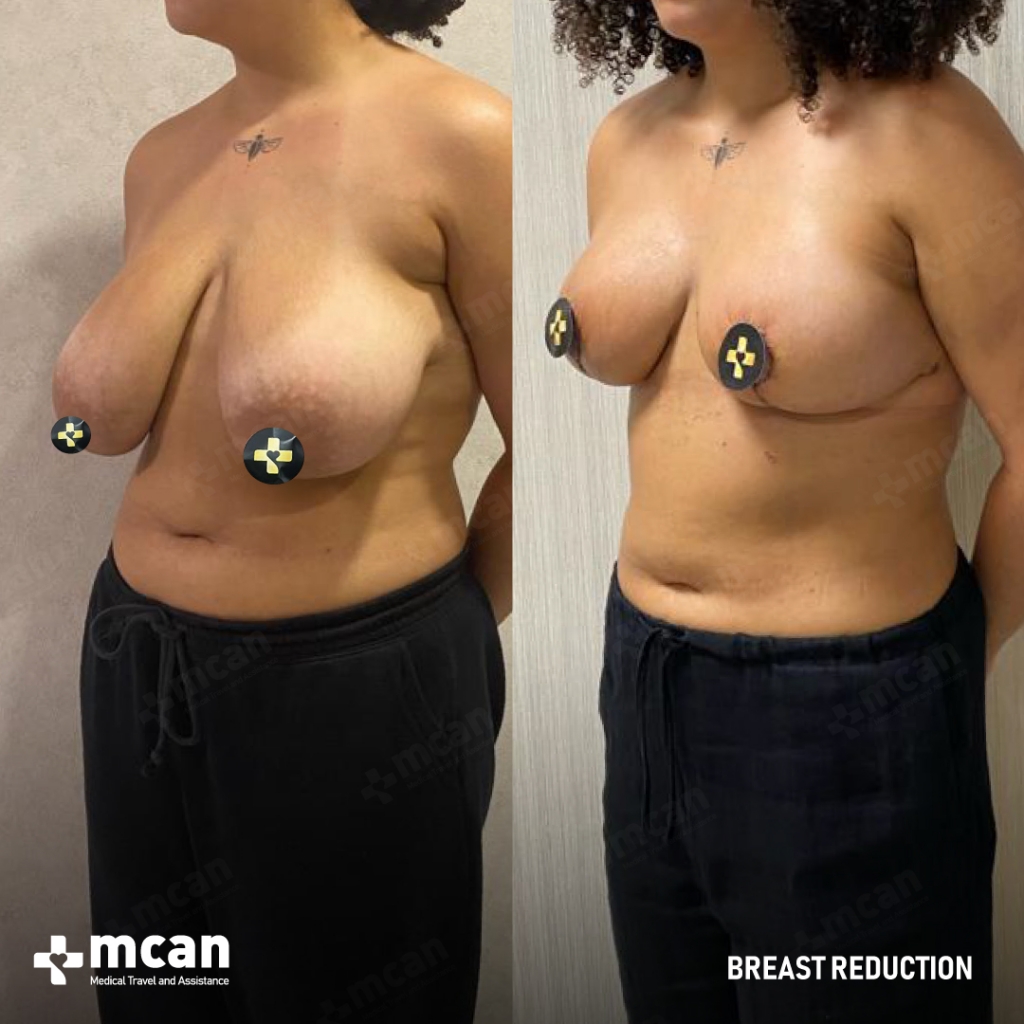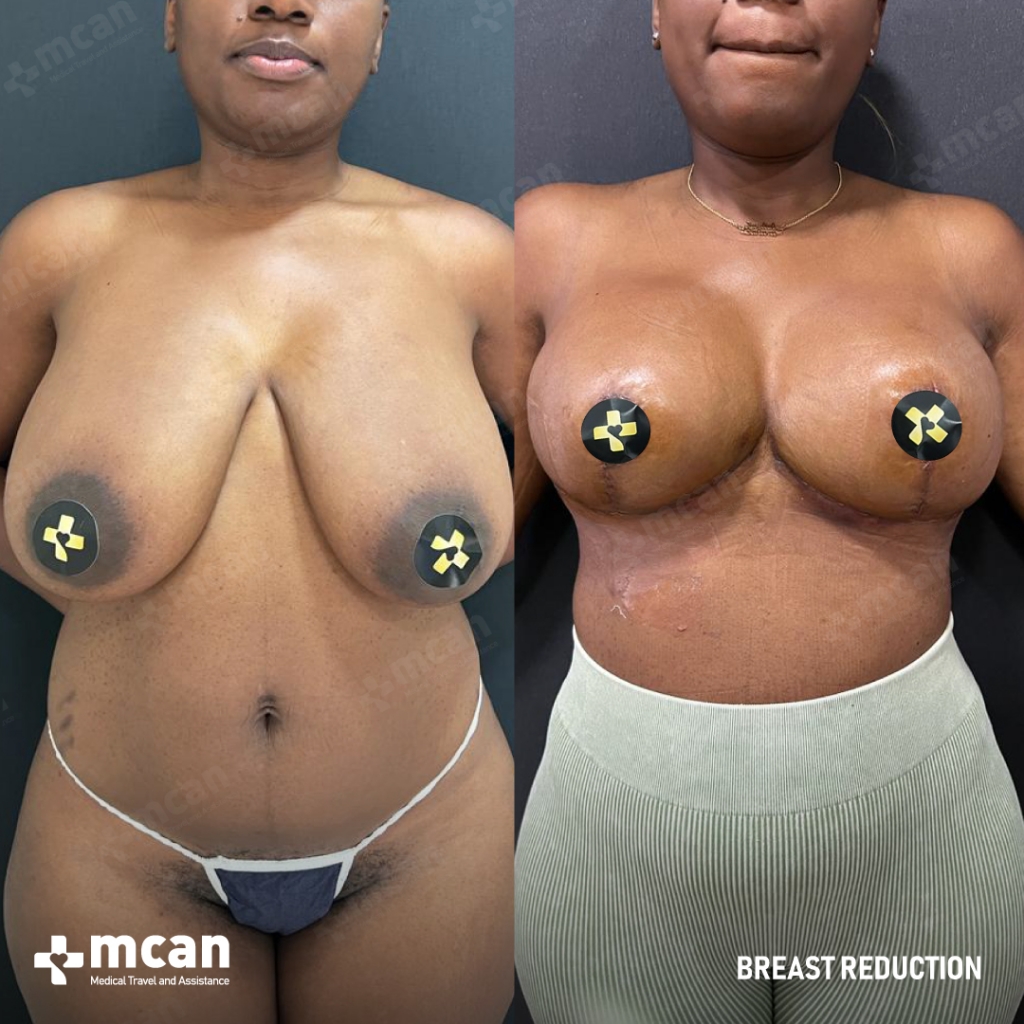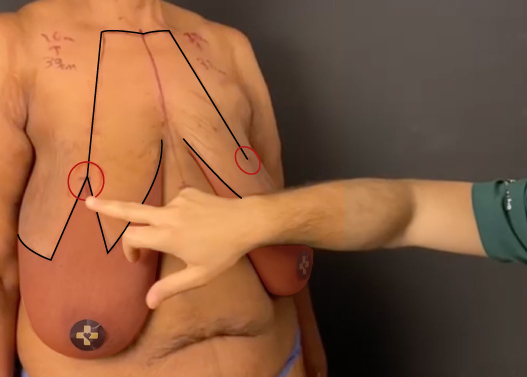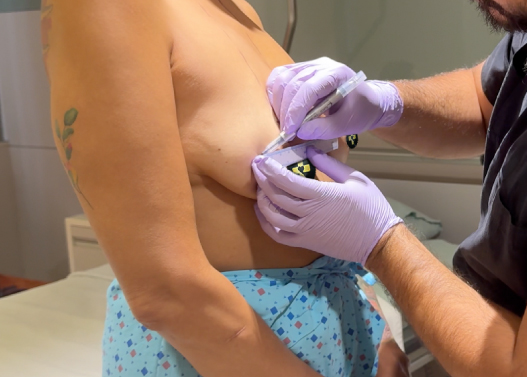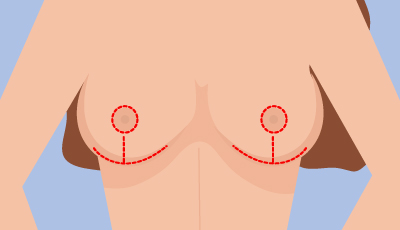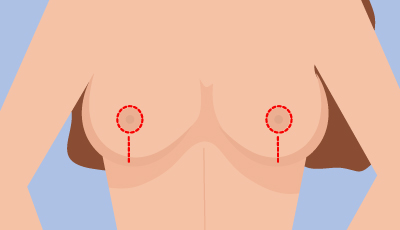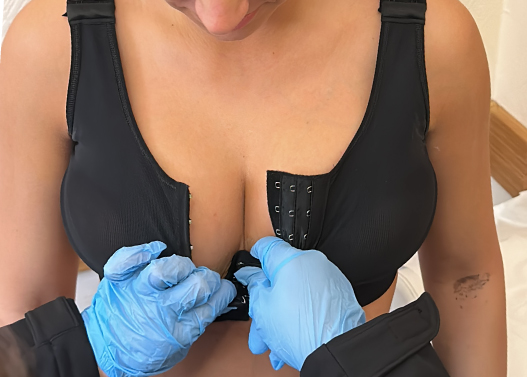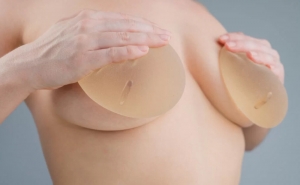Anesthesia
The surgery begins with the administration of general anesthesia to ensure you remain comfortable and pain-free throughout the procedure.
Incision Placement
The surgeon makes carefully planned incisions based on breast size, degree of reduction needed, and skin elasticity. Common incision patterns include the vertical (lollipop) incision, which offers minimal scarring but may not be suitable for larger breast sizes, and the anchor-shaped (inverted T) incision, which allows for significant tissue removal but leaves a more visible scar.
Tissue and Fat Removal
Excess breast tissue, fat, and skin are removed to achieve the desired breast size and shape. In some cases, liposuction may also be used to refine contours and create a smoother appearance.
Nipple and Areola Repositioning
The nipple and areola are repositioned to align with the new breast contour. If necessary, the areola size may also be reduced for a balanced and natural look.
Skin Tightening and Reshaping
The remaining breast tissue and skin are carefully reshaped to create symmetrical, well-proportioned breasts. Skin is tightened to enhance firmness and contour.
Closing the Incisions
Once the desired breast shape is achieved, the incisions are closed with sutures or surgical adhesive strips. Care is taken to ensure minimal tension on the incisions, which helps reduce scarring.
Application of Dressings and Support Garments
Surgical dressings are applied to protect the incisions, and a support garment is fitted to minimize swelling, provide support, and help maintain the new breast shape during recovery.
